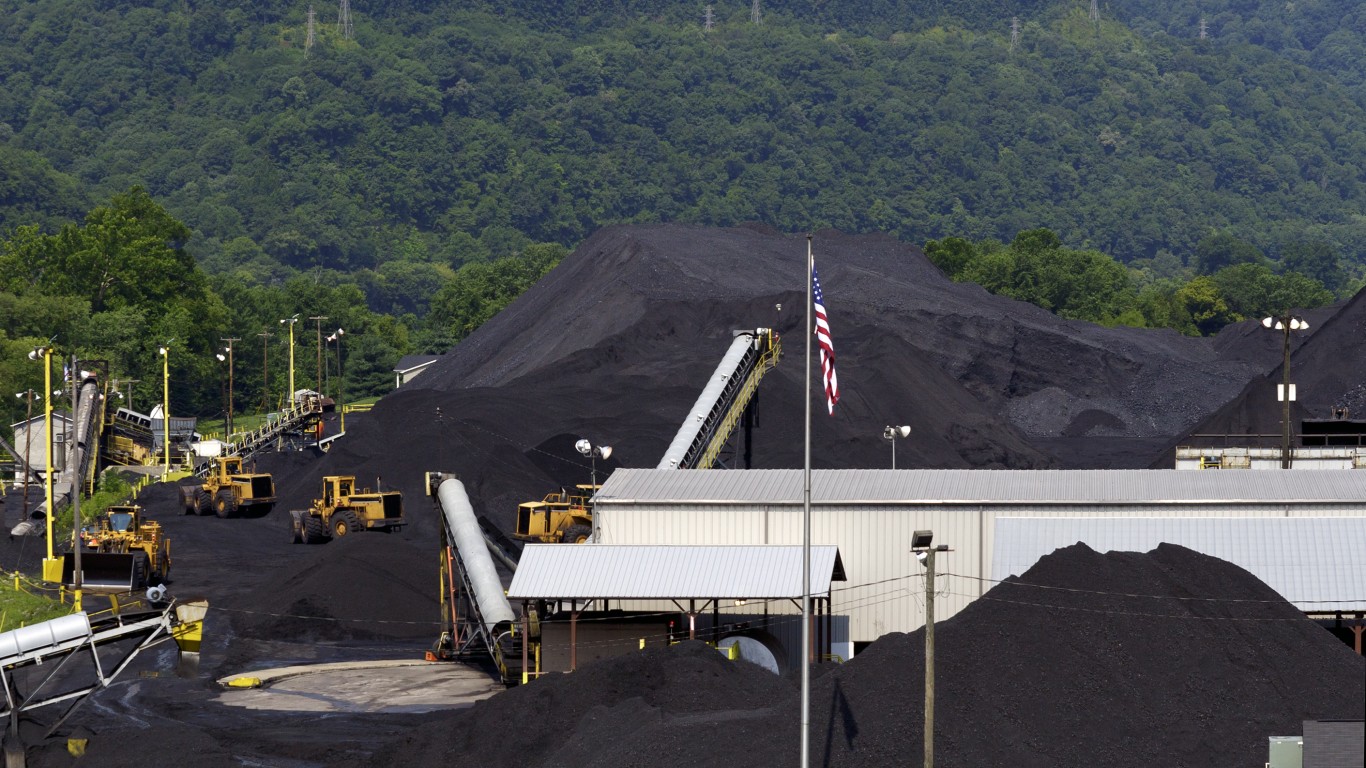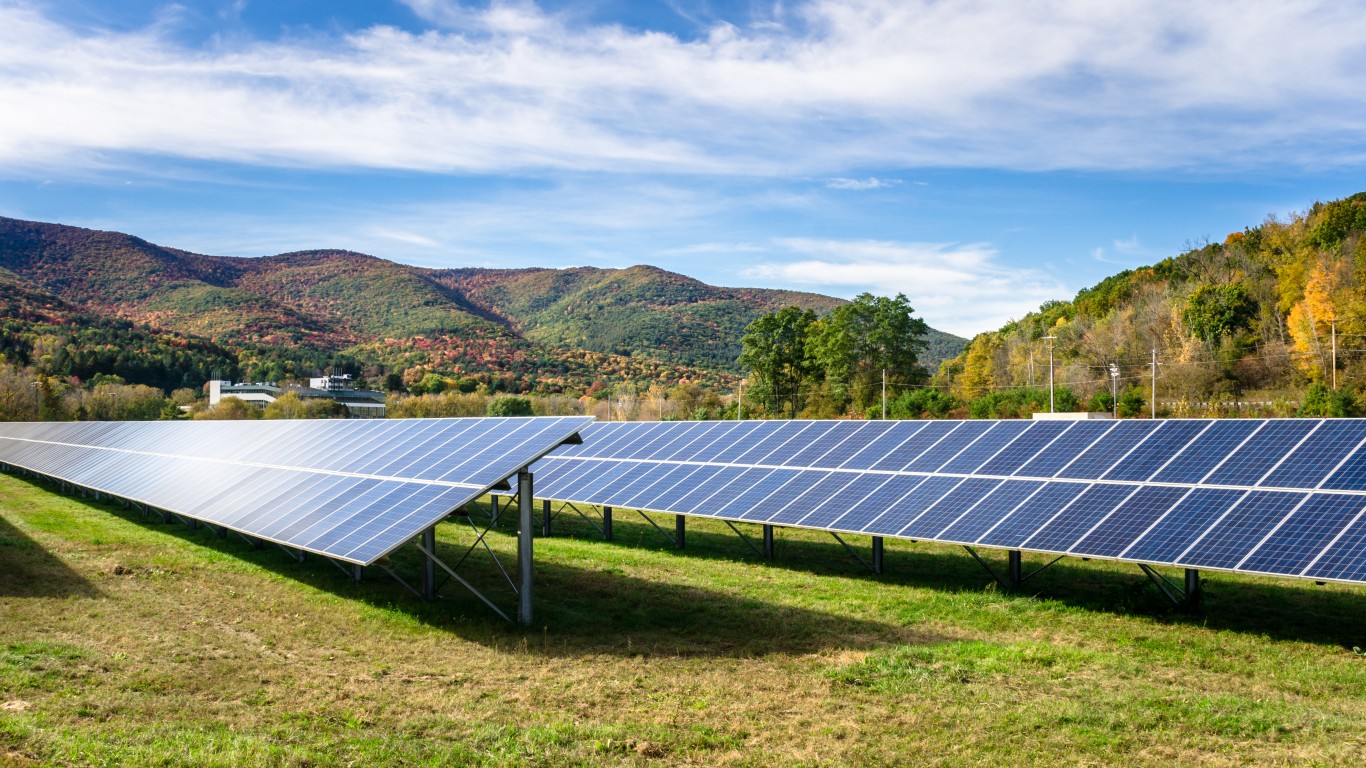 There is no shortage of prognostication on the world’s oil supply out to somewhere around 2035. The major public forecasts come from the US Energy Information Administration, the International Energy Administration, and the Organization of Petroleum Exporting Countries (OPEC).
There is no shortage of prognostication on the world’s oil supply out to somewhere around 2035. The major public forecasts come from the US Energy Information Administration, the International Energy Administration, and the Organization of Petroleum Exporting Countries (OPEC).
According to OPEC’s World Oil Outlook 2011, which has been available since July but only had its official announcement yesterday, in 2035 global demand for oil will reach 110 million barrels/day, and each barrel will cost $135. Current global demand is around 87 million barrels/day.
The IEA releases its World Energy Outlook today, and its view is considerably brighter. The IEA sees demand rising to 99 million barrels/day, at a cost of about $120/barrel by 2035.
The US EIA forecasts demand of 112 million barrels/day at a price of around $125/barrel.
All these forecasts are based on total liquids production, which includes conventional crude oil, oil sands production, shale oil, natural gas liquids, and biofuels like ethanol. OPEC includes an estimate based on improvements in automobile mileage figures and consumer purchases of electric vehicles as well as natural gas-powered vehicles. In that scenario, OPEC sees a reduction of demand for its own crude of 7 million barrels/day.
The importance of that scenario becomes evident when the cartel estimates its production costs. Without the alternative transportation fuels, OPEC figures its members will need to spend $480 billion in 2025 to meet production demand. With the alternative fuels figured in, the cost of production falls to $290 billion.
Perhaps the most startling figure in OPEC’s forecast calls for the cartel to increase crude oil production by about a third by 2035 in order to meet its expected share of global supply. That’s a jump from its current production of 29.3 million barrels/day to 39.3 million barrels/day. How the cartel expects to meet that figure is not stated, probably because no one knows if it can be done. That’s likely the reason OPEC developed its alternative fuel scenario, which reduces demand for its crude by 7 million barrels/day.
The long-term forecasts are interesting primarily for the assumptions each makes about the impact of alternative fuels. From OPEC’s point of view, these developments are a mixed blessing, lowering demand for the cartel’s crude — which is good — at the same time that it lowers the price of the crude that is produced — which is not so good.
In the short and medium terms, though, price volatility and slowing global economic growth are the biggest threats to OPEC’s revenues and profits. The outlook takes another swipe at speculators, whom OPEC has blamed for years as the cause of high oil prices. That is less true than the cartel would have you believe, and so is its ability to produce another 10 million barrels/day of crude oil by 2035.
Paul Ausick
Cash Back Credit Cards Have Never Been This Good
Credit card companies are at war, handing out free rewards and benefits to win the best customers. A good cash back card can be worth thousands of dollars a year in free money, not to mention other perks like travel, insurance, and access to fancy lounges. See our top picks for the best credit cards today. You won’t want to miss some of these offers.
Flywheel Publishing has partnered with CardRatings for our coverage of credit card products. Flywheel Publishing and CardRatings may receive a commission from card issuers.
Thank you for reading! Have some feedback for us?
Contact the 24/7 Wall St. editorial team.



